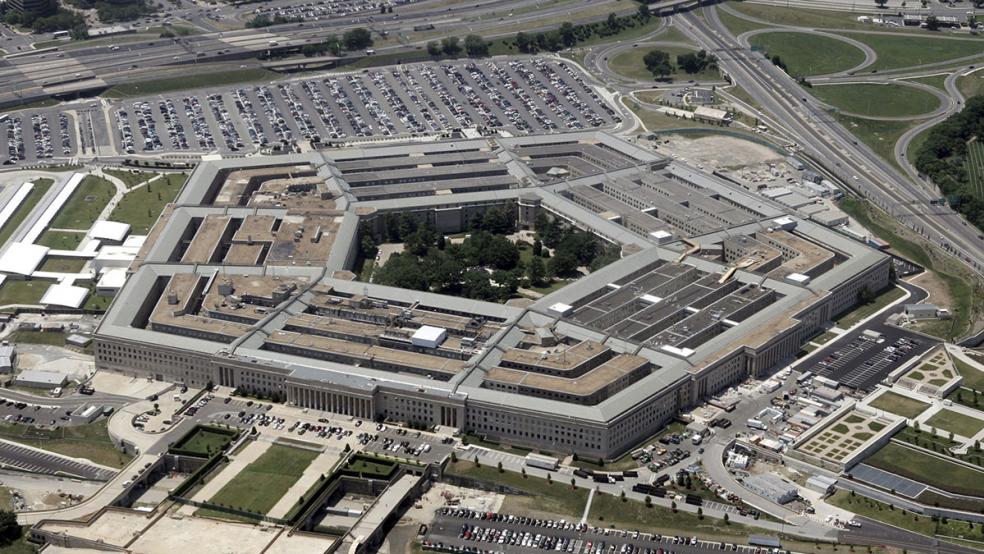One of the more profligate rituals in Washington in recent years involves lawmakers giving the Department of Defense even more money than it asks for. The Pentagon submits a request for hundreds of billions of dollars – for 2023, the total request comes to $773 billion – and lawmakers not only provide every dollar of it, but happily pile more cash onto the budgetary plate.
The funds typically provide fighter jets the Air Force didn’t request, warships the Navy doesn’t necessarily want and developmental funds that go toward new weapon platforms that may or may not ever be built.
In the current fiscal year, Congress added $58.55 billion to the defense budget bill. The number comes from the Pentagon itself, which for the first time was required to report the discrepancy between its budget request and the amount of funding lawmakers propose to provide.
Unrequested defense appropriations for 2022 include:
* $900 million for an additional 12 F/A-18 Super Hornets for the Navy;
* $1.8 billion for 16 C-130J transport planes for the Coast Guard;
* $460 million for jet engine development for the Air Force;
* More than $4 billion for additional ships for the Navy, including $776 million for a tanker ship and $590 million for an expeditionary fast transport ship;
* Over $2 billion for classified programs.
Many of the additions are drawn from priority lists routinely provided by branches of the military, although not all are, and some are produced in powerful lawmakers’ districts. Richard Shelby of Alabama, for example, is the top Republican appropriator in the Senate, and shipyards in his home state appear to be benefactors of the budgetary largesse – raising serious questions about the value of the additional appropriations.
“Whether the $58.55 billion in congressionally inserted spending is justified is largely in the eye of the beholder,” says Roll Call’s John M. Donnelly. “Few would argue with the need for spending some of it. Yet a substantial portion of the money goes for programs of arguable utility to the U.S. military, critics say.”
Total likely higher: The Pentagon was required to report additions to its budget request of items worth more than $20 million apiece. Since there were additions made that were worth less than that, the true total of added spending is almost certainly higher, Donnelly says.
Even so, the reported total is shocking enough. As Donnelly puts it, “The $58.55 billion total amounts to nearly 8 percent of the Defense Department’s fiscal 2022 base budget appropriation of $742.3 billion.”
More of the same in 2023: The House plans to vote on the 2023 National Defense Authorization Act Thursday, and lawmakers are still debating how much extra funding they want to give the Pentagon. Currently, the House version of the bill would provide an additional $37 billion for defense activities, with most of that going to the Defense Department. (Other departments receive defense funding, including Energy and State.)
Rep. Barbara Lee (D-CA) tried to have the additional funding removed, but her effort came to naught. The defense budget “is running amok," Lee said during floor debate.
Whatever amount is added, we’ll find out for sure next year. The 2023 NDAA is expected to include a requirement that the Pentagon inform the public just how much extra funding it receives in the next fiscal year.




